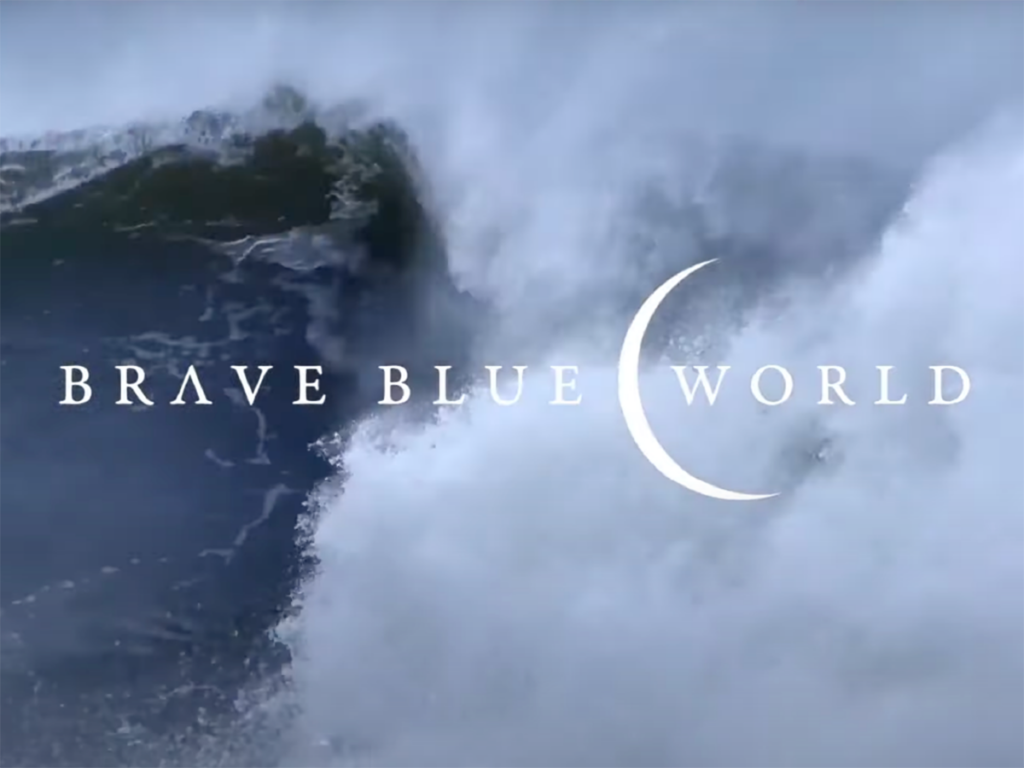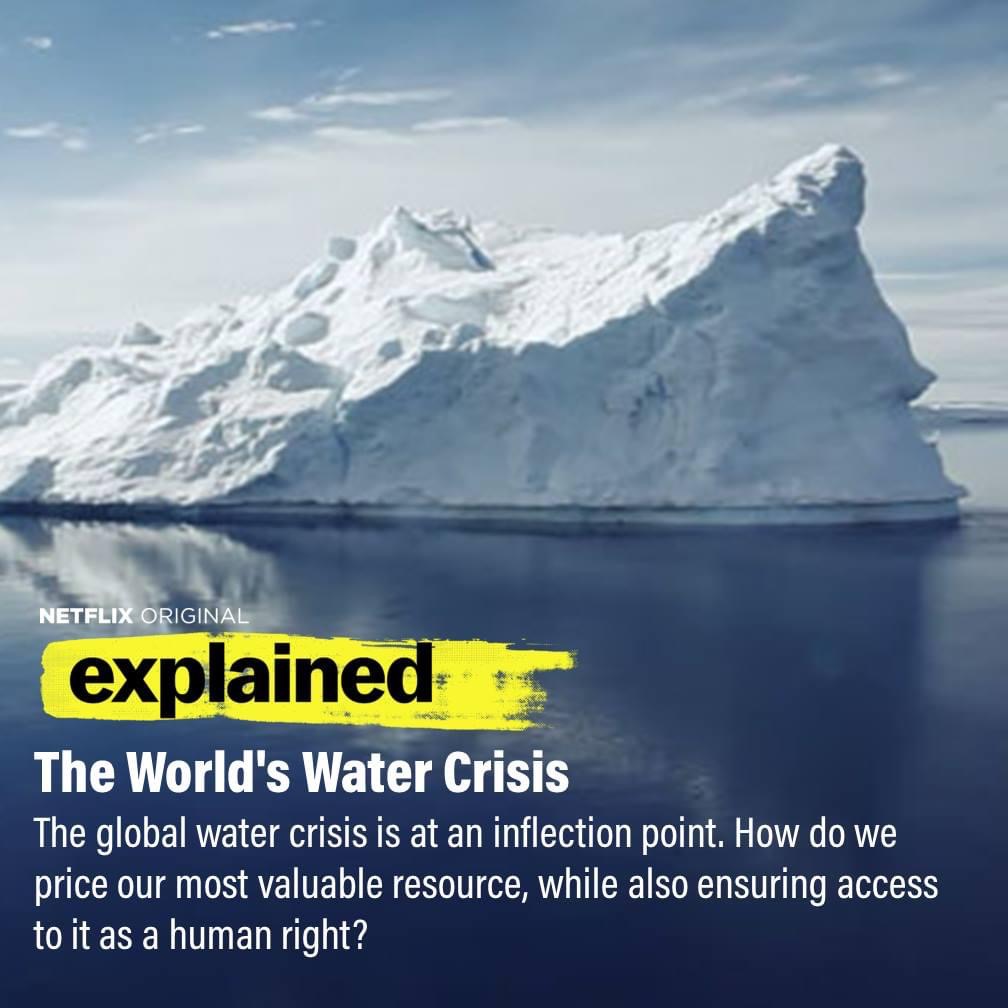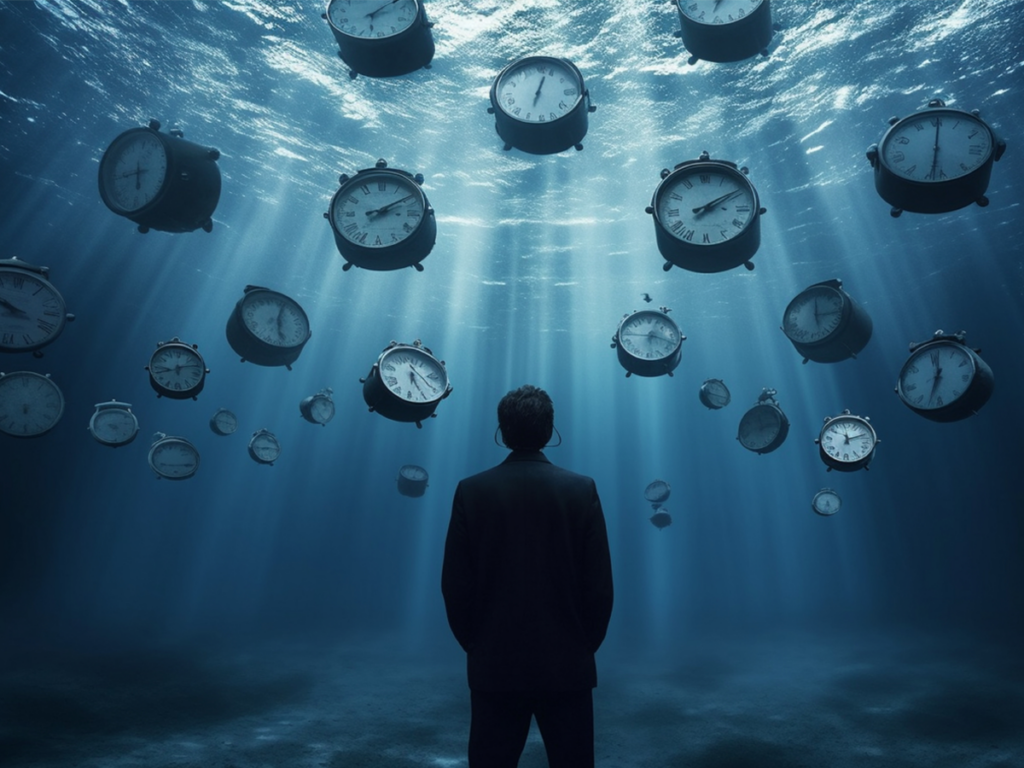Dive In! 3 Powerful Water Stories that Inspire
juillet 11, 2023
Exploring Powerful Water Storytelling: Unveiling Key Elements for Urgency and Impact
Effective storytelling plays a crucial role in raising awareness and inspiring action on any issue. At Purpose, we are movement builders who know and believe in the power of stories. In this post—the second in a 3-part series inspired by a cross-sector discussion we hosted for UN Water Week 2023—we want to shine a light on how to tell stories effectively. In our first blog, we discussed how we might leverage narratives, storytelling, and multi-stakeholder collaboration to inspire action.
Before developing a narrative, we wanted to first look at powerful examples of storytelling about water issues, evaluating the reach, educational value, and calls to action. Here, we discuss three examples of powerful and effective water storytelling, uncovering key elements across the stories that effectively communicate the urgency of the water crisis.
1. Brave Blue World
Brave Blue World is a feature-length documentary film that explores the global water crisis and some potential solutions. It spotlights water-related challenges faced by different regions around the world—including water scarcity, pollution, and inefficient water management—and emphasizes the urgent need to rethink our approach to water resources and find sustainable, local solutions.

Message and Audience
The main message of Brave Blue World is that we have the technology and the knowledge to address the water crisis, but we need to change our attitudes towards water and approach to managing it if we want to solve it. Entrepreneurs, CEOs, environmental activists, university professors, engineers, and scientists all serve as storytellers for a general audience, with particular relevance to those involved in water management, or work in sustainability related to water resources.
Why It Works
The key storytelling tools here are personal stories and case studies that inspire awe and wonder. When talking about an issue as complex as water, it’s important to use methods that are engaging and inviting for a general audience. Through Brave Blue World’s personal stories and specific regional case studies, viewers become invested in the plot of how people’s lives are being affected by too much or too little water.
The film’s use of a celebrity narrator, the actor Matt Damon, as a spokesperson also creates interest and engagement. Documentaries often feature celebrities or other notable individuals; their involvement can draw audiences from unlikely places and help raise awareness of a chosen issue.
Impact
Brave Blue World has successfully inspired individuals, communities and businesses to prioritize water sustainability, serving as a catalyst for knowledge-sharing among stakeholders in the water industry and bringing crucial attention to the work of experts, innovators, and organizations working towards water resilience. A prime educational resource, it has won more than ten awards around the world. And its impact doesn’t end once a viewer finishes the documentary: Brave Blue World also has a dedicated landing page where viewers can explore different ways to get involved.
2. Every Drop Counts
« Every Drop Counts » is a 30-second public service announcement (PSA) created by Colgate, a well-known brand primarily associated with oral care products. The ad features a man brushing his teeth who leaves the tap running while doing so. As we listen to the brushing and watch the water run, we see other hands reach into the frame to use the running water to wash fruit and fill a small bowl—and then a thirsty child cups some water into her hands for a drink. While the events occur, on-screen text says, “Brushing with the faucet running wastes up to 4 gallons of water. That’s more water than many people around the world have in a week,” closing with “PLEASE TURN OFF THE FAUCET.”

Message and Audience
« Every Drop Counts » focuses on the importance of using water efficiently and encourages us to take small steps to reduce water waste in our daily lives. This ad was targeted to the general public on television, where it could reach hundreds of thousands of viewers; it’s now viewable on YouTube.
Why It Works
The key storytelling tool in this ad is the element of surprise. A seemingly normal scene is turned on its head when people who wouldn’t usually be with you in your bathroom suddenly appear to emphasize that you are, in fact, wasting water. The entry point used to talk about water conservation is an all-too-familiar scene, the simple act of brushing your teeth without bothering to turn off the tap. Using relatable scenarios that most audiences have experienced makes them feel like they, too, can easily contribute to water conservation.
Impact
The « Every Drop Counts » campaign appears to have garnered significant reach and engagement, with over 10 million views online and a hashtag campaign on Twitter. This contributes to increased awareness around water conservation and social media engagement on water; it can also inspire behavior change related to overconsumption of water.
3. Explained: The World’s Water Crisis
Part of the Netflix series Explained, “The World’s Water Crisis” is an 18-minute video that explores the global water crisis and the challenges we face in ensuring access to clean, safe water for all.

Message and Audience
The video aims to communicate one of the most fundamental problems we face within the water crisis: water isn’t valued the way it should be. Bringing awareness to this specific aspect of the crisis is paramount to understanding the origins of some of the systemic challenges around water. Intended for the general public, it is offered through the streaming service and well-known distribution platform, Netflix.
Why It Works
As part of a larger series intended to explain the nuances of various topics through intrigue and education, this video does just that. The key storytelling tools are striking visuals, expert interviews, and stories with twists that convey nonsensical approaches to water usage in a way that makes the viewer say “what?” (For example, apparently we’re growing water-intensive crops in some of the driest and least water-accessible places on Earth, just to feed cows.) It uses simple, concise language and avoids too many technicalities, so that an average viewer can follow along and understand the barriers to progress on this issue.
Impact
The call to action we hear in this video is simply, and effectively, about raising awareness. More than 3.7 million people have viewed it online, and many of Netflix’s 26.6 million subscribers must have streamed it as well.
What’s Next?
Effective storytelling plays a crucial role in raising awareness and inspiring action on any issue. We hope the examples in this post inspire you with new thoughts about how to approach storytelling, convey critical information, and drive people to action.

Click here to read the concluding part of this series. If you missed the first part of this three-part series, click here.
Watch this space for the third blog of the series on more winning examples of what we can do together. Talk soon!
for Equity & Evidence